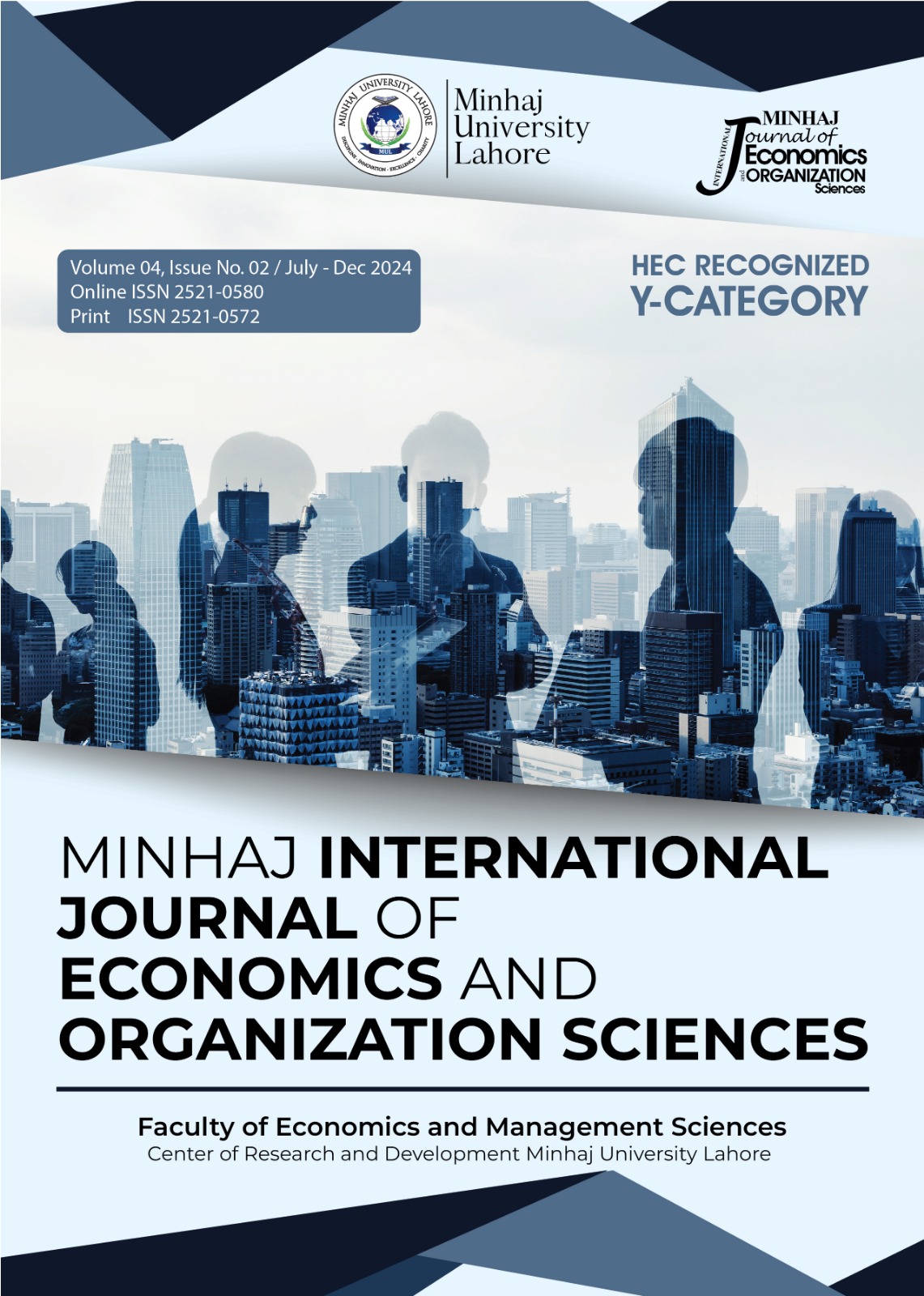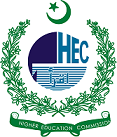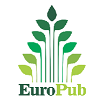An Analysis of Key Determinants Influencing Bank Selection in Kandahar City: Insights Post-Establishment of the Islamic Emirate of Afghanistan
DOI:
https://doi.org/10.58932/MULE0040Keywords:
Determinants, Bank Selection, Kandahar City, ProjectAbstract
This study aims to identify and rank the key factors influencing bank selection by customers in Kandahar City following the establishment of the Islamic Emirate of Afghanistan in 2021. Using convenience sampling, 400 surveys distributed to customers in schools, public institutions, and banks, yielding 368 usable responses (92% response rate). A five-point Likert-type questionnaire comprising 30 bank selection items used to collect data. Descriptive statistics, consists on respondents’ characteristics (age, gender, education level, and occupation), mean, and standard deviation to analyze and summarize the dataset. Regression analysis, employed to evaluate the data and identify relationships between variables. The findings revealed that five principal factors significantly influence bank selection: bank reliability (mean = 4.1, SD = 0.8), operational environment (mean = 3.9, SD = 0.7), adherence to Islamic banking principles (mean = 3.8, SD = 0.9), reputation (mean = 3.7, SD = 0.8), and mobile banking services (mean = 3.6, SD = 0.9). These findings provide practical implications for banks, including designing customer-focused strategies, enhancing Sharia-compliant services, and leveraging technology like mobile banking to remain competitive in a transitioning market. Researchers may use this study as a foundation to explore consumer behavior and banking which may affect the generalizability of the findings. Future research could expand to other regions, conduct longitudinal studies to examine evolving preferences and explore the influence of emerging technologies such as blockchain and AI on bank selection.
References
Abdullah, Z., Kassim, S., Shams, S., & Ashurov, S. (2024). Roles of service quality and religiosity in determining customers’ retention in Islamic banks: Empirical evidence from southwestern Afghanistan. Turkish Journal of Islamic Economics, 11(2), 106-136.
Akbar, A., Ahmad, S., Nadim, M., Bhatti, M. A. A., & Khan, H. (2024). Affect of HRM on Employee Motivation Towards Green Creativity and Initiatives. Center for Management Science Research, 2(3), 197-216.
Ahmad, S., Bhatti, M. A. A., & Imam, M. A. (2023). Balancing Control and Collaboration: Project Manager Accountability in Multi-Layered Governance Systems. Journal of Professional Research in Social Sciences, 10(2), 134-155.
Abdullah, Z., Shams, S., & Ashurov, S. (2023). Roles of awareness and knowledge in determining people’s perception towards Takaful: Evidence from Southwestern Afghanistan. El Barka: Journal of Islamic Economics and Business, 6(1), 26-47.
Akbar, A., Ahmad, S., Khalid, M., Aslam, M. F., & Bhatti, M. A. A. (2024). Analyzing the Effect of Green HRM on Organizational Performance. Bulletin of Business and Economics (BBE), 13(2), 864-869.
Achsani, M. N. F. F., & Kassim, S. (2021). Determinant of Indonesian banking profitability: Case study dual banking system. International Journal of Islamic Economics and Finance, 4, 1-18.
Ahmad, S., Qamar, A. J., Bhatti, M. A. A., & Bashir, U. (2023). Integrating Islamic Ethics with Modern Governance: A Comprehensive Framework for Accountability Across Religious, Social, and Economic Dimensions. Al-Irfan, 8(15), 51-79.
Almossawi, M. (2001). Bank selection criteria employed by college students in Bahrain: An empirical analysis. International Journal of Bank Marketing, 19(3), 115-125.
Aregbeyen, O. (2011). The determinants of bank selection choices by customers: Recent and extensive evidence from Nigeria. International Journal of Business and Social Science, 2(22), 276-288.
Bhatti, M. A. A., & Nazir, M. U. (2024). The Impact of Project Process Management on Sustainable Project Success in the Construction Sector: The Moderating Role of Risk Management Practices. Bulletin of Business and Economics (BBE), 13(2), 1065-1072.
Ateed, H., & Rehman, A. U. (2020). Determinants of bank choice in Afghanistan. Journal of Islamic Finance, 9(1), 61-75.
Ahmad, S., Ahmad, A., Shair, W., & Bhatti, M. A. A. (2022). Unlocking Pakistan's Youth Potential: A Comprehensive Analysis of Youth Development Indices and Strategic Alignment with the UN Sustainable Development Goals. Journal of Professional Research in Social Sciences, 9(2), 80-95.
Bashir, U., Saeed, S., & Abbas, S. K. (2020). Strategies for New Product Development in an Emerging Market. Advances in Social Sciences Research Journal, 7(4), 393-397.
Bhatti, M. B. A., & Khan, M. K. (2024). Implications of Project Managers’ Competencies on Project Success Moderating effect of Project Risk Management: A case of IT Sector in Lahore. Pakistan Journal of Multidisciplinary Research, 5(1), 66-85.
Blankson, C., Omar, O. E., & Cheng, J. M. S. (2009). Retail bank selection in developed and developing countries: A cross‐national study of students' bank‐selection criteria. Thunderbird International Business review, 51(2), 183-198.
Bhatti, M. B. A., & Durrani, M. K. (2024). The effect of project managers’ competencies on project success with mediating role of project stakeholders’ engagement: A case of IT sector. Journal of Management Info, 11(1), 51-73.
Dusuki, A. W. & Abdullah, N. I. (2007). Why do Malaysian customers patronise Islamic banks? International Journal of Bank Marketing, 25(3), 142-160.
Gerrard, P., & Barton Cunningham, J. (2001). Singapore’s undergraduates: How they choose which bank to patronise. International Journal of Bank Marketing, 19(3), 104-114.
Ghaffar, M. A., Shair, W., Afzal, H., ul Hassan, R., & Bashir, U. (2024). Income and Income Aspiration: Exploring the Impact on Life and Financial Satisfaction. Journal of Economic Impact, 6(3), 257-263.
Hay, I. (2016). Qualitative research methods in human geography (4th Ed.). Oxford University Press.
Hedayatnia, A., & Eshghi, K. (2011). Bank selection criteria in the Iranian retail banking industry. International Journal of Business and Management, 6(12), 222.
Holstius, K., & Kaynak, E. (1995). Retail banking in Nordic countries: The case of Finland. International Journal of Bank Marketing, 13(8), 10-20.
Jawad, S., Naveed, H., & Akram, M. B. (2020). Academic Performance of Enrolled Students in the University of Lahore, Pakistan. Quest Journal of Management and Social Sciences, 2(2), 357-365.
Kaur, H., & Arora, S. (2019). Demographic influences on consumer decisions in the banking sector: Evidence from India. Journal of Financial Services Marketing, 24, 81-93.
Kothari, C. R. (2004). Research methodology: Methods and techniques. New Age International.
Kotler, P. (2009). Marketing management. Pearson Education.
Kotler, P., Armstrong, G., & Armstrong, G. M. (2010). Principles of marketing. Pearson Education.
Leibert, P. R. (2004). A Fender Painted Blue. Honors and Award Speeches. Retreived from: http://digitalcommons.conncoll.edu/honawds
Lelissa, M. B., & Lelissa, T. B. (2017). Determinants of bank selection choices and customer loyalty, the case of ethiopian banking sector (Full Length Paper). European Journal of Business and Management 9(13), 9-24.
Levin, M. (2004). Rational choice and democratic government. Cambridge University Press.
Lymperopoulos, C., Chaniotakis, I. E., & Soureli, M. (2006). The importance of service quality in bank selection for mortgage loans. Managing Service Quality: An International Journal, 16(4), 365-379.
Maiyaki, A. A., & Mokhtar, S. S. M. (2010). Effects of electronic banking facilities, employment sector and age-group on customers' choice of banks in Nigeria. Journal of Internet Banking and Commerce, 15(1), 1-8.
Mokhlis, S. (2009). Determinants of choice criteria in Malaysia’s retail banking: An analysis of gender-based choice decisions. European Journal of Economics, Finance and Administrative Sciences, 16(16), 18-30.
Mokhlis, S., Salleh, H. S., & Mat, N. H. N. (2009). Commercial bank selection: Comparison between single and multiple bank users in Malaysia. International Journal of Economics and Finance, 1(2), 263-273.
Rafaqat, M. ., Azad, F. ., Ahmad, S. ., Aijaz, K. ., Ikram, S. H. ., Bashir, U. ., Bhatti, M. A. A. ., & Saeed, S. . (2024). Impact of Governance and Strategy Performance on Employer Branding. Research Journal for Societal Issues, 6(2), 852–867.
Rakshit, B., & Bardhan, S. (2019). Bank competition and its determinants: Evidence from Indian banking. International Journal of the Economics of Business, 26(2), 283-313.
Rao, S., & Sharma, D. R. (2010). Bank selection criteria employed by MBA students in Delhi: An empirical analysis. Journal of Business Studies Quarterly, 1(2), 56-69.
Rasheed, H. M. W., Khalid, J., Khizar, H. M. U., Sajid, M., Shahid, M. N., Ahmad, M., & Khan, W. A. (2015). Factors affecting customer loyalty in banking sector: A study on banks in Bahawalpur (Pakistan). International Journal of Accounting and Financial Reporting, 5(1), 239-254.
Sayani, H., & Miniaoui, H. (2013). Determinants of bank selection in the United Arab Emirates. International Journal of Bank Marketing, 31(3), 206-228.
Scott, J. (2000). Rational choice theory. Understanding contemporary society: Theories of the present, 129, 126-138.
Shafie, N. A., Aris, A. Z., & Puad, N. H. A. (2013). Influential factors on the levels of cation exchange capacity in sediment at Langat River. Arabian Journal of Geosciences, 6, 3049-3058.
Usman, B., & Lestari, H. S. (2019). Determinants of bank performance in Indonesia. Journal Minds: Manajemen Ide Dan Inspirasi, 6(2), 193-204.
Zulfiqar, B., Arshad, H. M., Fareed, Z., Shahzad, F., & Hussain, S. (2014). Criteria of selecting bank in Pakistani banking sector: Student of banking customers in Sahiwal, Pakistan. International Journal of Managing Value and Supply Chains, 5(4), 19-31.











